Toxic Berries in France: A Guide to Poisonous Wild Fruits
Introduction:
France is home to a rich variety of wild berries, but not all of them are safe to eat. Some berries may look tempting but can cause severe poisoning or even be fatal. Whether you’re foraging in the countryside or simply enjoying a walk in nature, it's essential to recognize these toxic berries and avoid accidental ingestion.
Belladonna (Atropa belladonna) – Deadly Nightshade
1. Belladonna (Atropa belladonna) – Deadly Nightshade
- Appearance: Shiny black berries, about the size of a cherry, growing on a bush with dark green leaves and bell-shaped purple flowers.
- Toxicity: Extremely poisonous, containing atropine and scopolamine, which affect the nervous system.
- Symptoms: Dilated pupils, dry mouth, hallucinations, rapid heartbeat, seizures, and potentially death.
 |
| Belladonna (Atropa belladonna) – Deadly Nightshade |
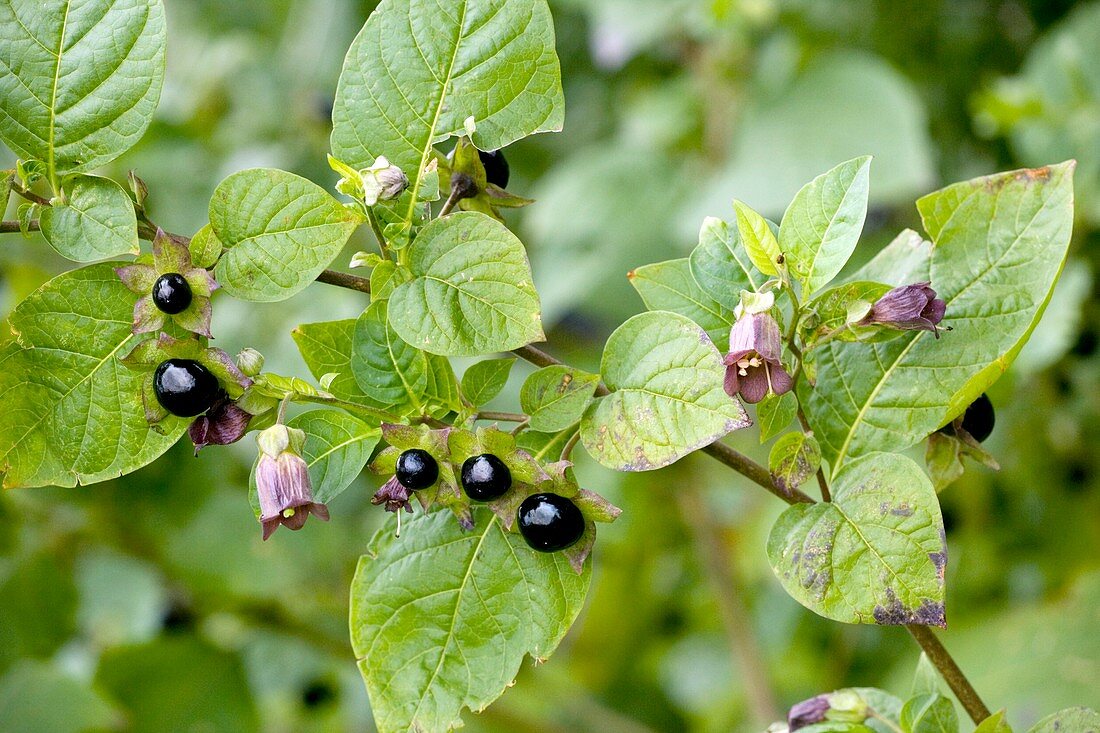 |
| Belladonna (Atropa belladonna) – Deadly Nightshade |
Daphne (Daphne mezereum)
2. Daphne (Daphne mezereum)
- Appearance: Small, bright red berries growing on a shrub with pink or purple flowers in spring.
- Toxicity: Contains mezerein and daphnetoxin, which can cause severe irritation and poisoning.
- Symptoms: Burning sensation in the mouth, vomiting, diarrhea, abdominal pain, and in severe cases, respiratory failure.
 |
| Daphne (Daphne mezereum) |
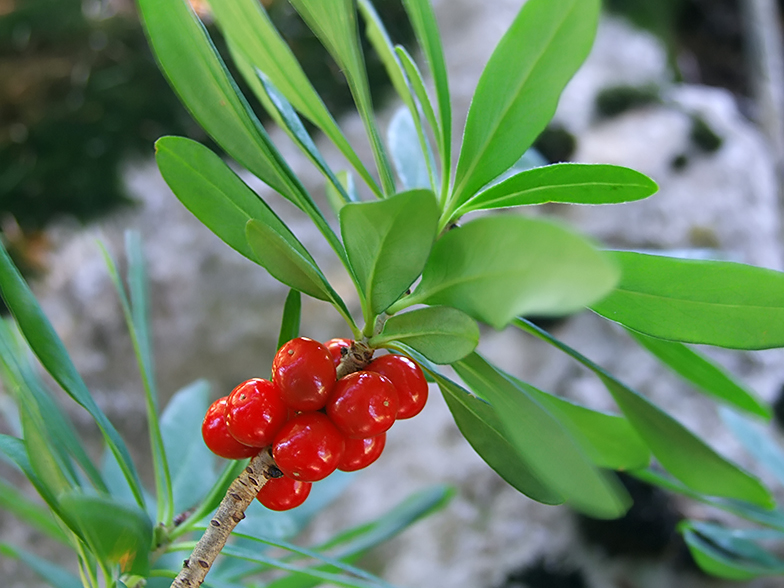 |
| Daphne (Daphne mezereum) |
Holly (Ilex aquifolium)
3. Holly (Ilex aquifolium)
- Appearance: Bright red berries on a plant with spiky green leaves, often seen as Christmas decorations.
- Toxicity: Contains saponins, which can cause mild to moderate poisoning if consumed in large quantities.
- Symptoms: Vomiting, diarrhea, drowsiness, and dehydration.
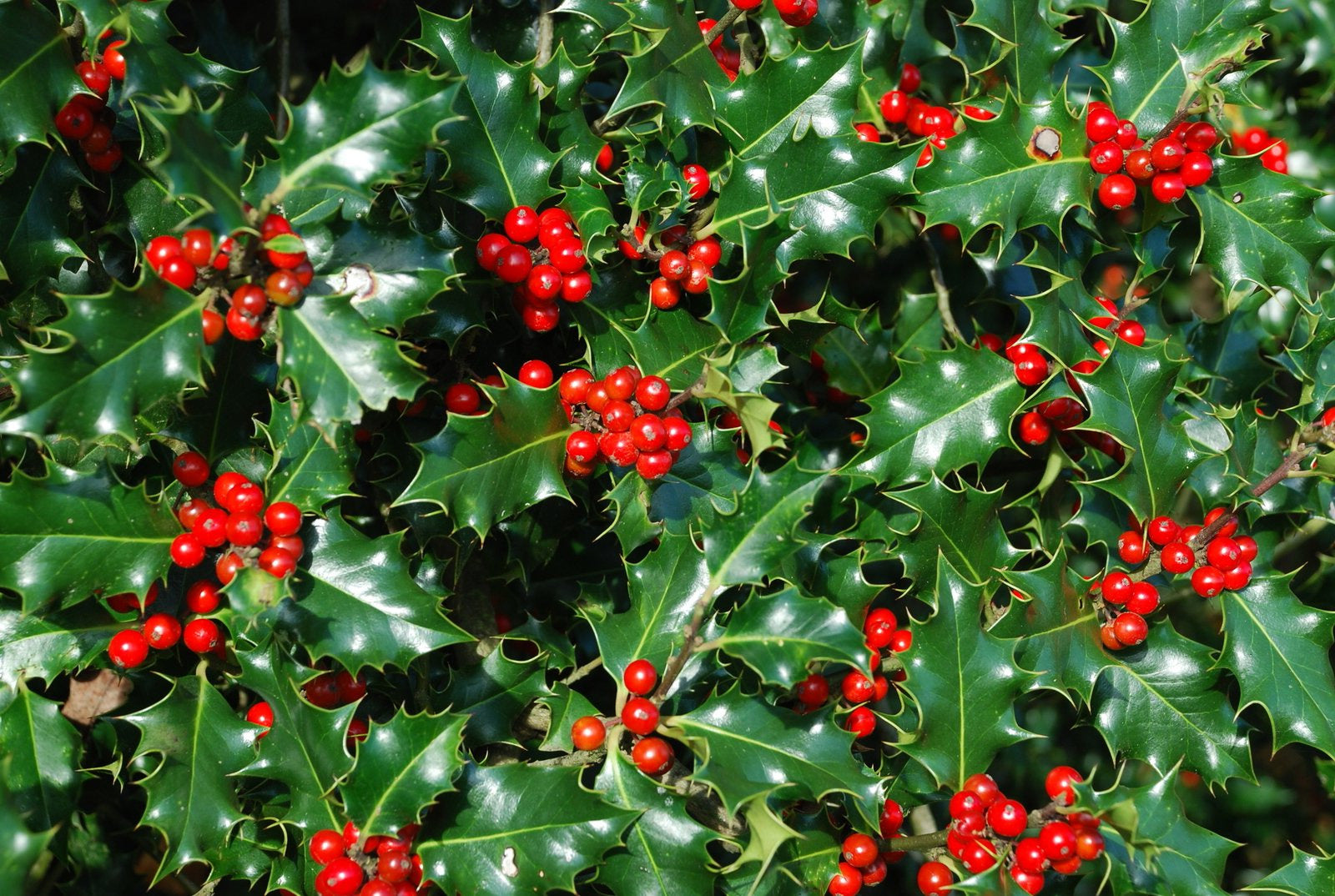 |
| Holly (Ilex aquifolium) |
Yew (Taxus baccata)
4. Yew (Taxus baccata)
- Appearance: Bright red, fleshy berries with a single seed inside, growing on evergreen shrubs or trees.
- Toxicity: The seed inside the berry is highly toxic, containing taxine alkaloids that affect the heart.
- Symptoms: Dizziness, weakness, irregular heartbeat, respiratory distress, and sudden death in severe cases.
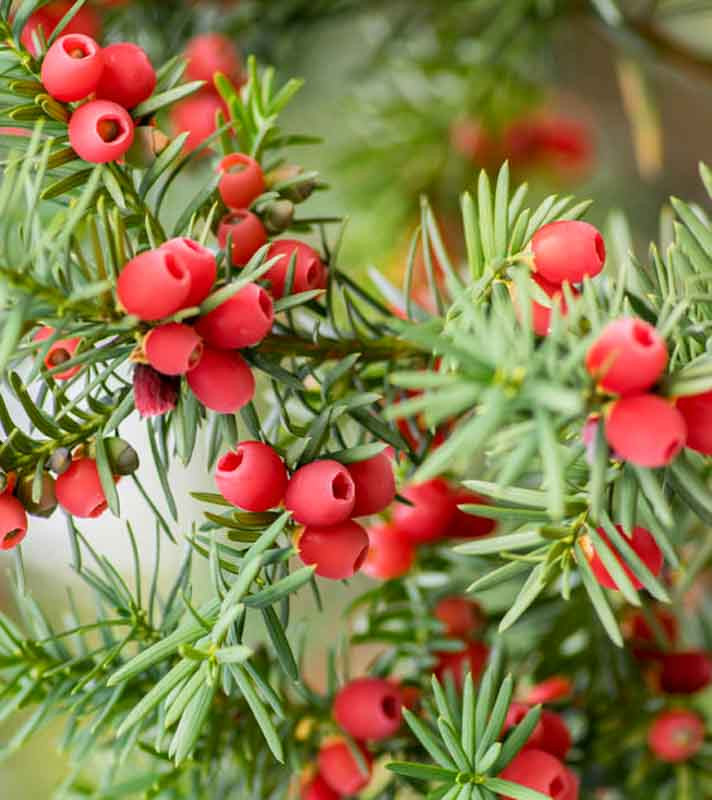 |
| Yew (Taxus baccata) |
Lily of the Valley (Convallaria majalis)
5. Lily of the Valley (Convallaria majalis)
- Appearance: Small, round red berries that grow after the plant’s delicate white flowers fade.
- Toxicity: Contains cardiac glycosides that impact the heart.
- Symptoms: Nausea, vomiting, abdominal pain, slowed heart rate, and heart failure in extreme cases.
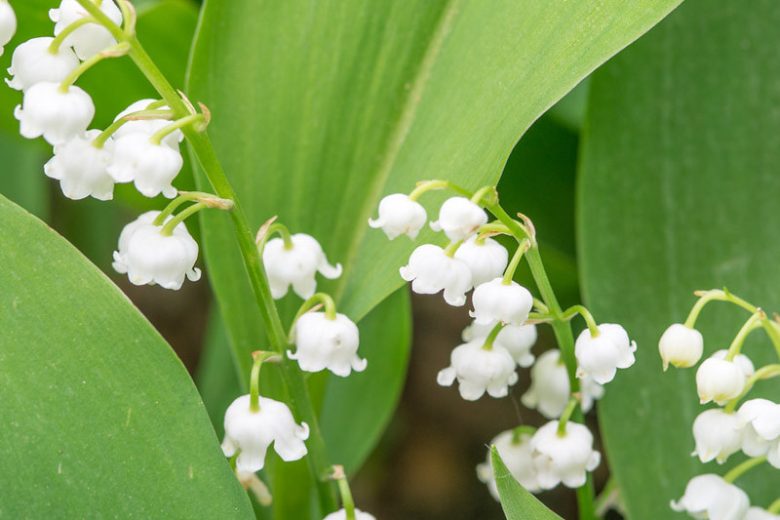 |
| Lily of the Valley (Convallaria majalis) |
 |
| Lily of the Valley (Convallaria majalis) |
Elderberries (Sambucus nigra) – When Unripe
6. Elderberries (Sambucus nigra) – When Unripe
- Appearance: Dark purple-black berries growing in clusters on a shrub with serrated leaves.
- Toxicity: While ripe elderberries are safe when cooked, unripe berries, leaves, and stems contain cyanogenic glycosides, which release cyanide.
- Symptoms: Nausea, vomiting, weakness, dizziness, and in large doses, respiratory failure.
:max_bytes(150000):strip_icc()/growing-elderberry-sambucus-nigra-3269208-hero-583945660ede4744ba2395805536f4f1.jpg) |
| Elderberries (Sambucus nigra) – When Unripe |
 |
| Elderberries (Sambucus nigra) – When Unripe |
Snowberry (Symphoricarpos albus)
7. Snowberry (Symphoricarpos albus)
- Appearance: Small, round, white berries growing in clusters on a bush.
- Toxicity: Contains saponins and other toxic compounds that can cause digestive distress.
- Symptoms: Nausea, vomiting, dizziness, and drowsiness.
 |
| Snowberry (Symphoricarpos albus) |
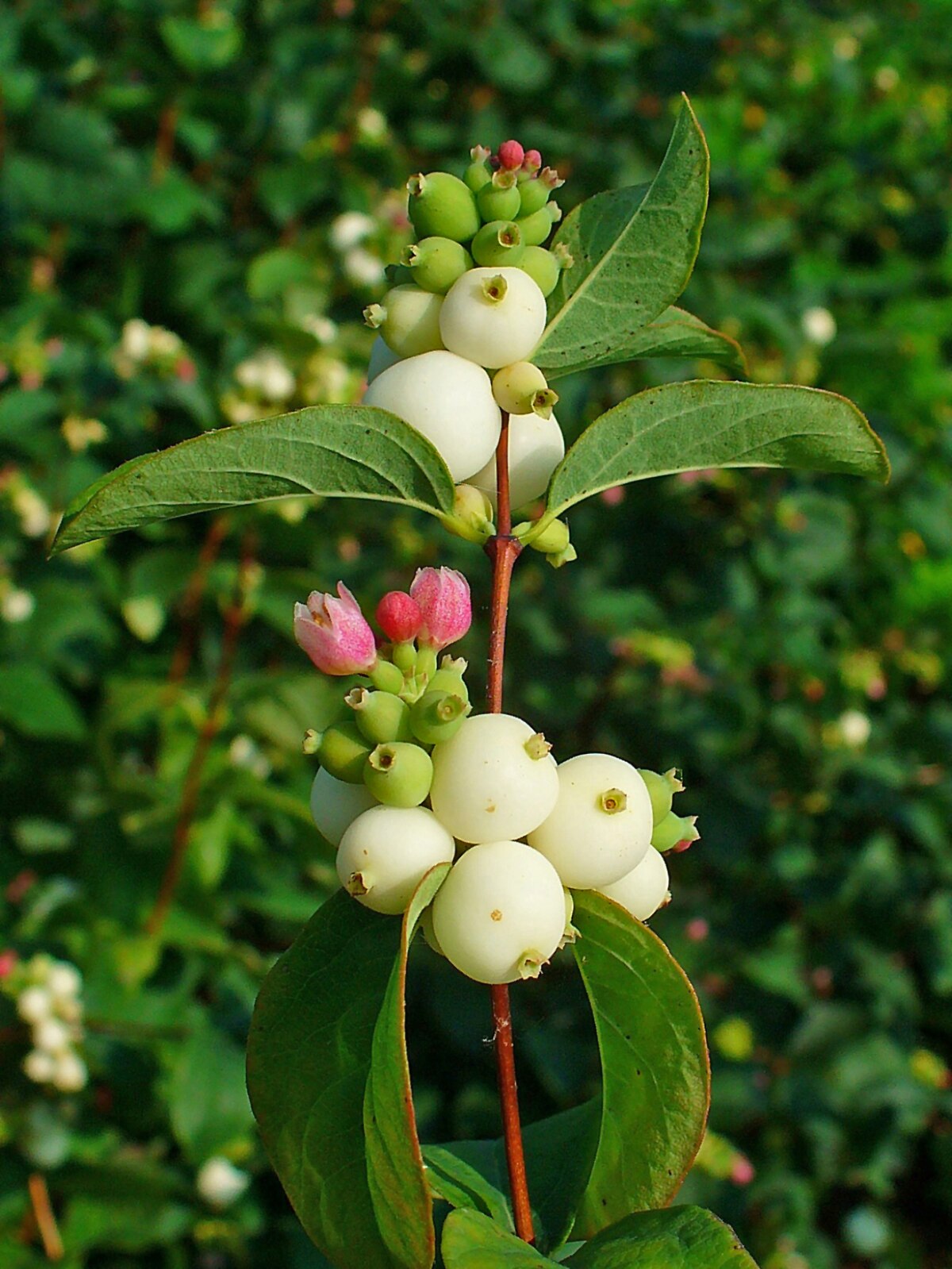 |
| Snowberry (Symphoricarpos albus) |
What to Do in Case of Poisoning
If someone accidentally eats toxic berries, follow these steps:
- Do not induce vomiting unless instructed by medical professionals.
- Rinse the mouth with water to remove any remaining traces.
- Call Poison Control (Centre Antipoison in France) at 15 or 112 for emergency assistance.
- Seek medical help immediately if symptoms such as difficulty breathing, seizures, or unconsciousness occur.
Numéros d’urgence : 24/24 – 7/7
ANGERS • 02 41 48 21 21
BORDEAUX • 05 56 96 40 80
LILLE • 08 00 59 59 59
LYON • 04 72 11 69 11
MARSEILLE • 04 91 75 25 25
NANCY • 03 83 22 50 50
PARIS • 01 40 05 48 48
TOULOUSE • 05 61 77 74 47
Conclusion
Foraging in France’s forests and countryside can be a rewarding experience, but it’s crucial to be aware of toxic berries. If in doubt, never eat an unfamiliar berry, as even small amounts can be harmful. Educate yourself and others about the risks to ensure a safe and enjoyable outdoor experience.
You may like
Read more:




